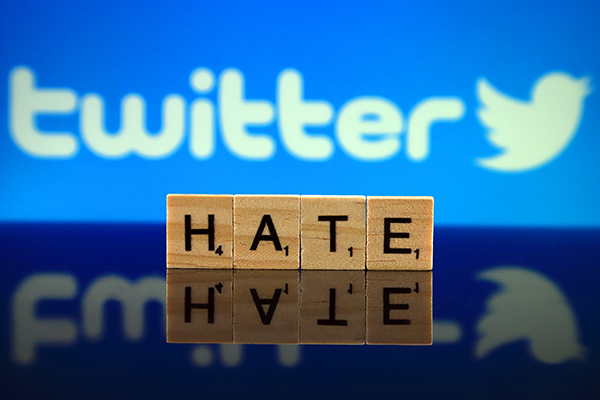Digital life has added more complexity to an already tricky question: How can the authorities decipher the difference between hateful rants that contain hollow threats, and those that might lead to violence?
Despite evidence that the number of online threats is growing, many people, until now, seemed to prefer the ostrich approach –‘nothing has happened.’ But things crossed the line when Sigrid Kaag, the Dutch Foreign Minister, became a victim of an online threat made by Erik van Z, a 42-year-old working at a catering business in Spain. The culprit was found guilty and was sentenced to five months in prison for committing the shameful act. Meanwhile, an inhabitant of Amsterdam has been arrested for threatening Prime Minister Mark Rutte. According to the sources, the 22-year-old suspect allegedly used the messaging app Telegram to post malicious threats. Many more suspects are, in fact, dragged to court for threatening public figures and politicians, but these two cases raised many eyebrows and led to questions regarding the security and safety of public servants.
The Hague police are on their toes to keep an eye on the soaring number of online threats. Most of these threats come from citizens who are unwilling to accept the outcome of a political decision, or disagree with the cabinet’s policies. Gone are the days when threats were dismissed with a few days in prison. Now, if the accused is found guilty of using threatening behavior or undertaking malicious attempts to damage the reputation of the politician, he is bound to receive a hefty prison sentence. The police and the judiciary are leaving no stone unturned to take stringent actions against culprits and provide security to vulnerable politicians, if needed.
Despite all these endeavours, things are getting messier every year. Many incidents have been reported in which Members of Parliament felt intimidated on the street or members of the Covid Outbreak Management Team received strings of threats. These threats have forced some ministers to surround themselves with security guards during their day-to-day activities. The National Coordinator for Terrorism and Security (NCTV) has already notified that all these incidents can no longer be considered in isolation and have to be stopped by concerted rigorous action.
In the case of citizens who issue threats online, the judiciary sometimes chooses not to take the case to the court; however, for threats aimed at politicians or public figures, the team tries to bring indict all identifiable culprits, in order to send a signal to everyone that threatening a politician or public figure is a grave concern.
Social media is like honey to a wasp, when cyber threats are concerned. Since the intervention in another’s life starts with a tiny spark of creating an anonymous account on social media, it would be appreciable if Google, Facebook, Twitter and other social media platforms would make identity verification a mandatory element in creating a social media account. This would not only prevent threats to politicians, but also curb other types of online crime, such as cyberbullying and cyberstalking.
Cyberstalking has been slowly and steadily spreading its claws, causing emotional distress and fear of physical harm in people’s lives. It comprises threats of violence, posting sensitive information online, spreading rumours and lies asserted as facts, and even technological attacks. These harassers, stalkers and online bullies believe that they will never be caught. So it is high time to revisit the policies, laws and practices to bring these online vultures back from virtual reality to reality.
We agree that providing more identification online comes with pros and cons. But keeping in mind the online threats hovering over politicians and public figures, the cons of social media outweigh the pros. People have to start believing that aggression only breeds more aggression. It only creates more fear and anger.
Written by Parul Sachdeva
